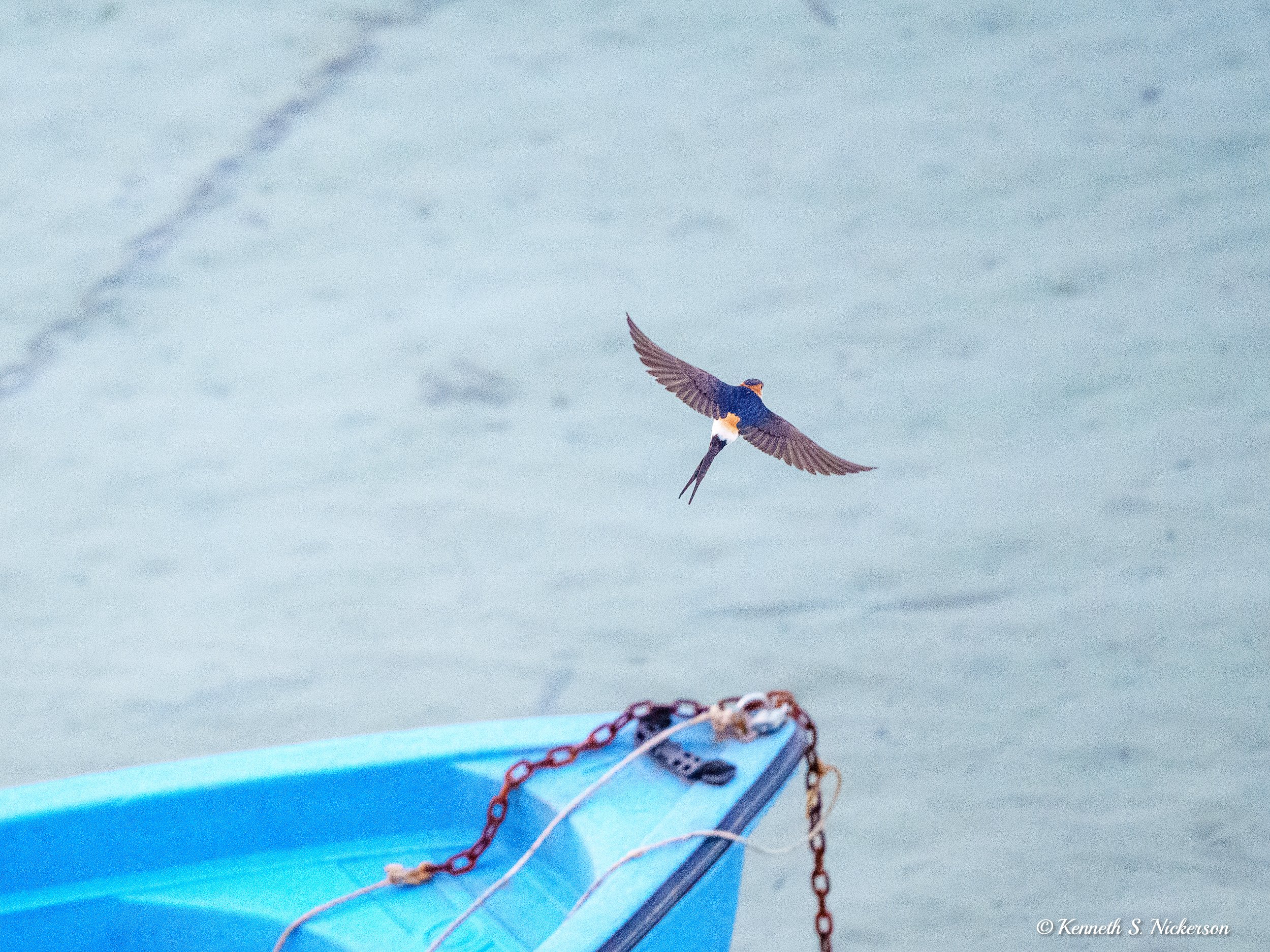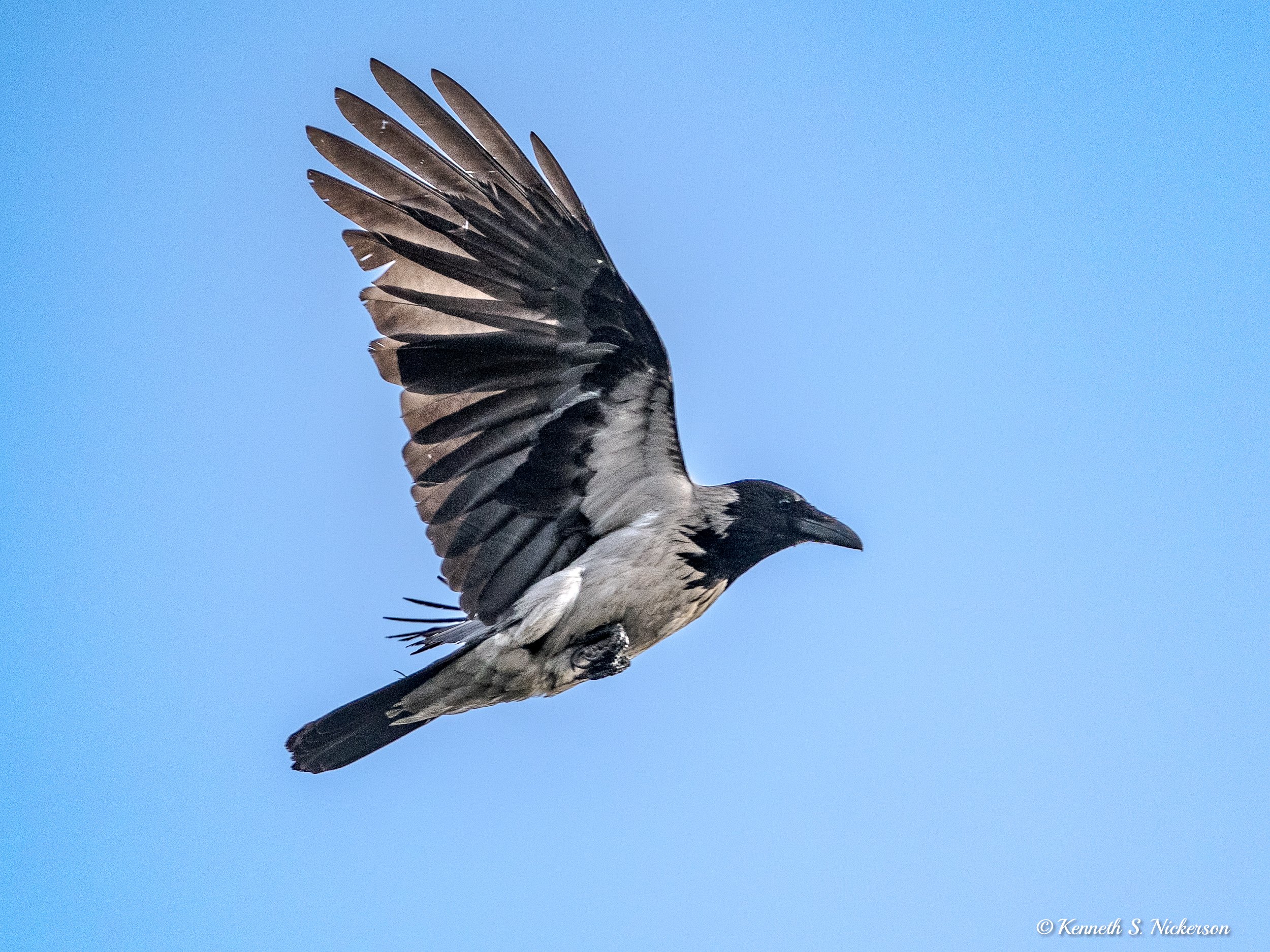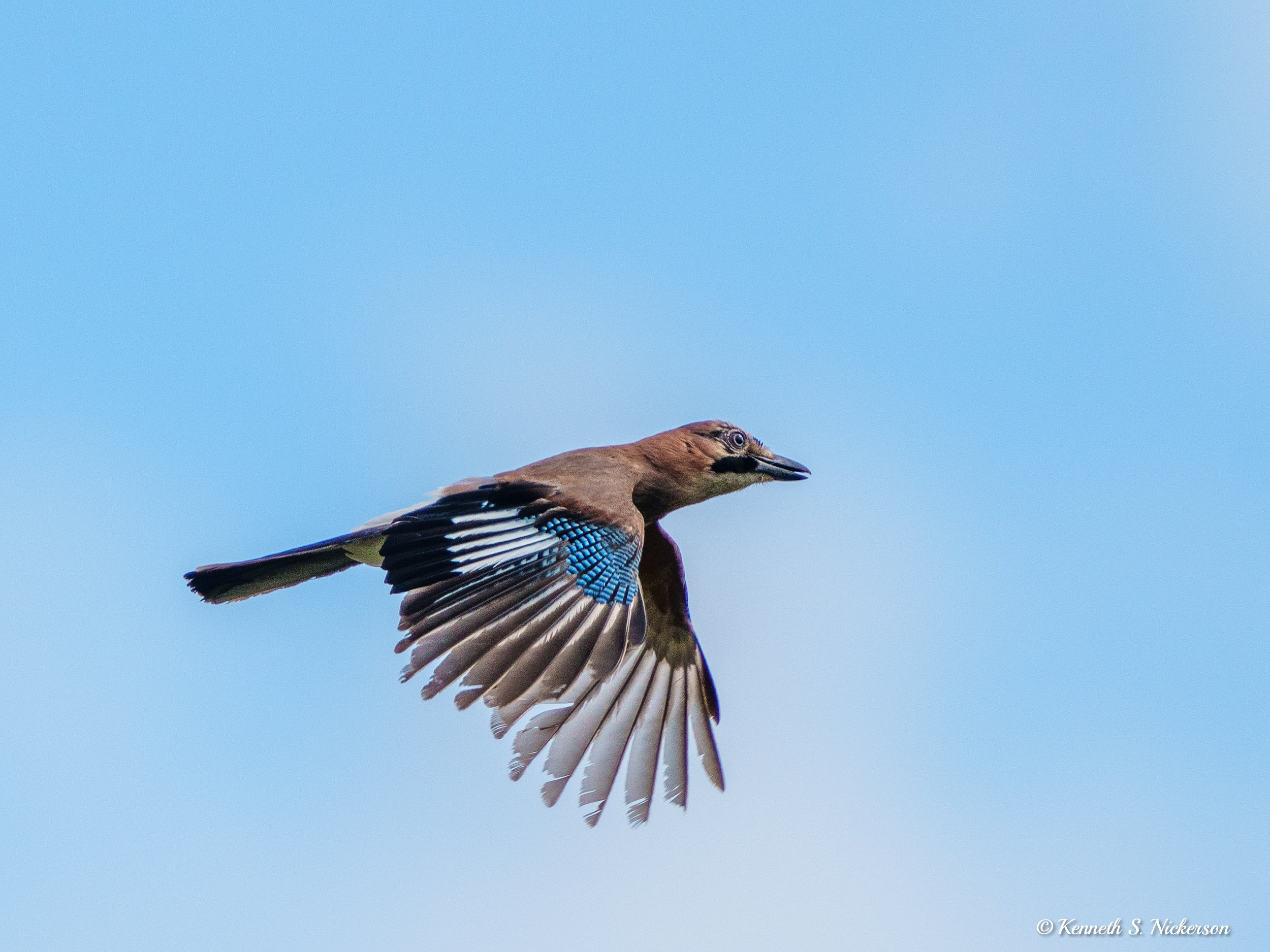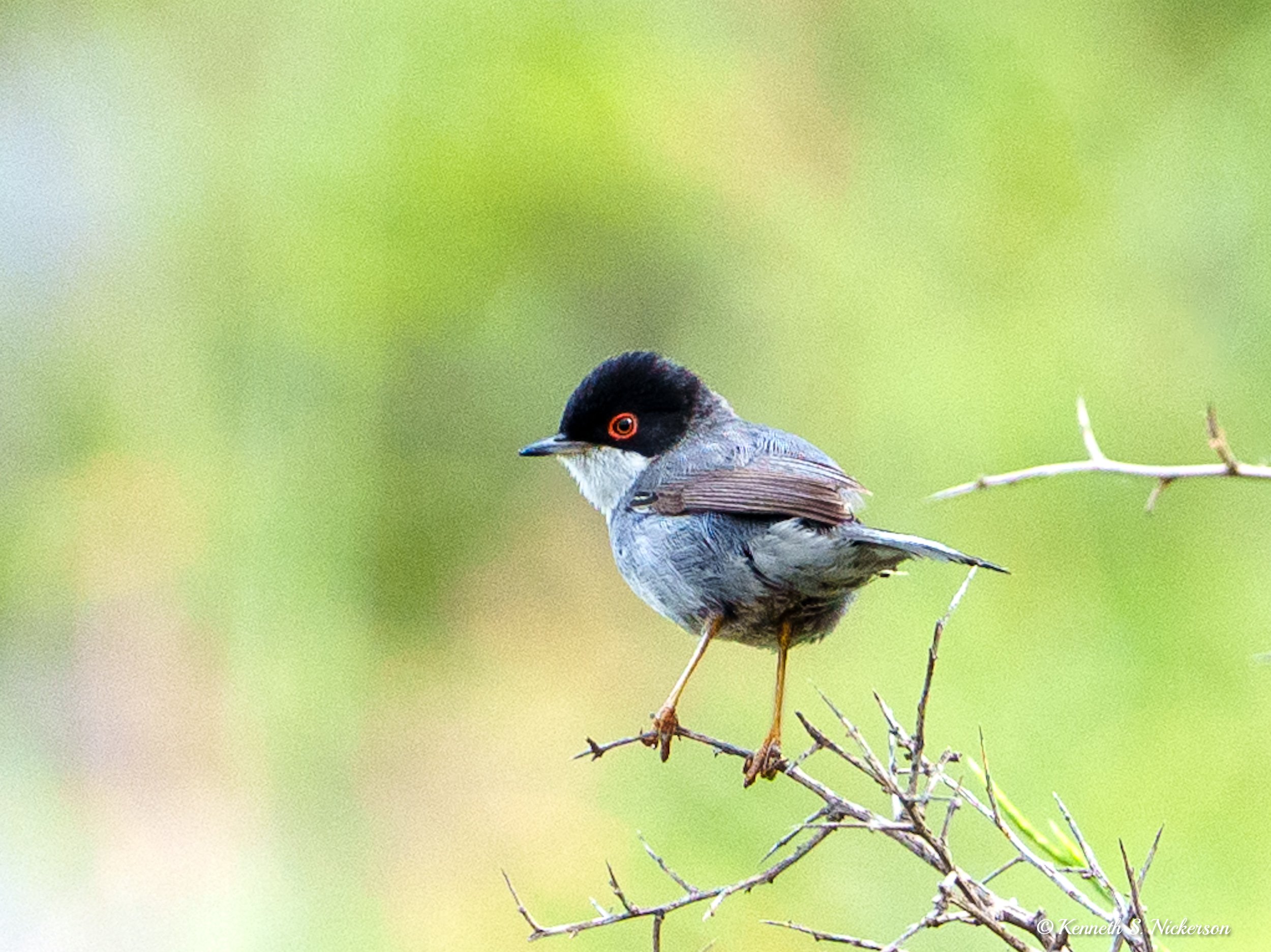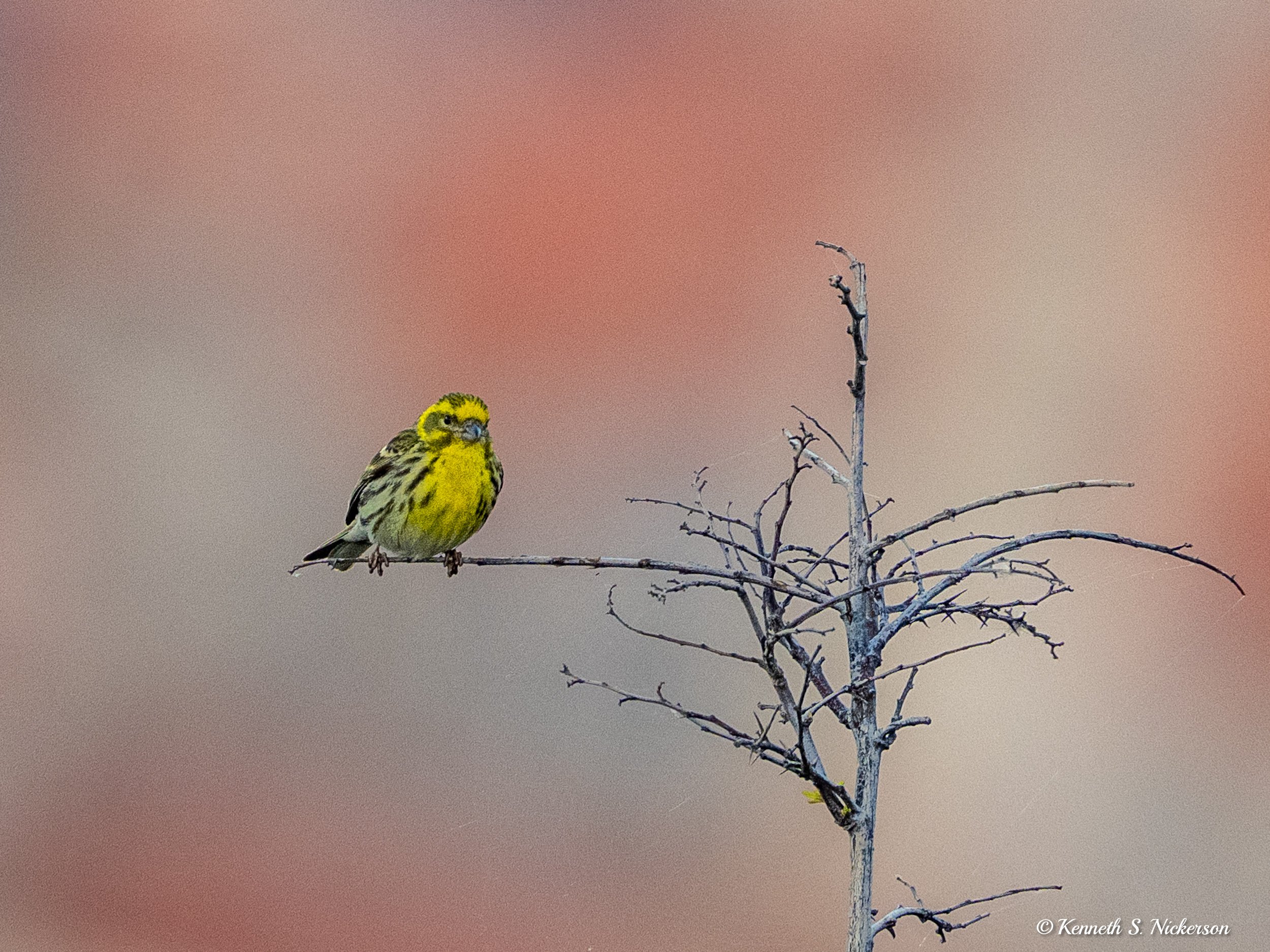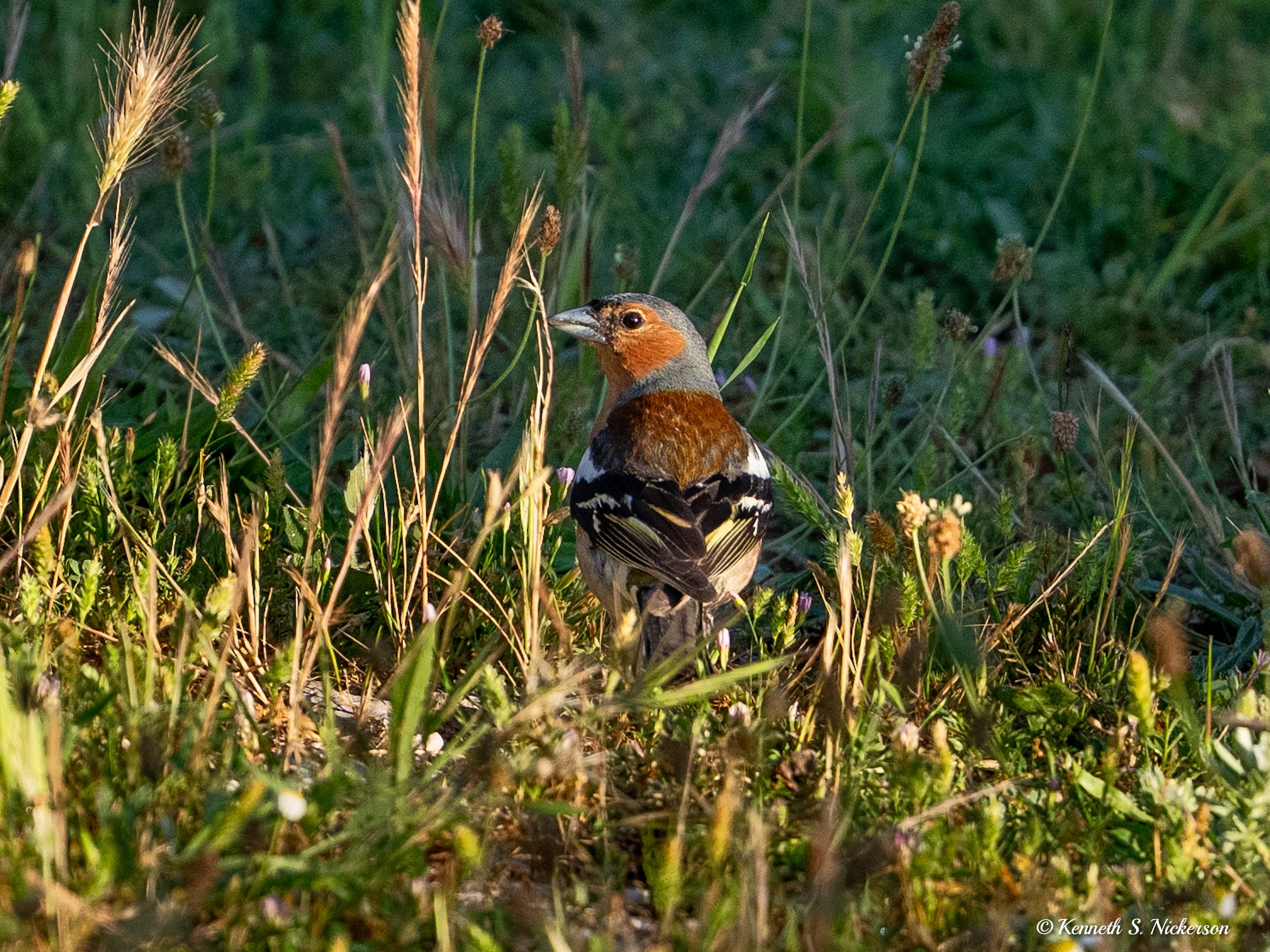Dubrovnik Birds
Early in the morning, the Alpine Swifts zip about, darting this way then that, offering the challenge of getting a clean shot with the old town in the background. I was very happy to capture this shot among the hundreds of attempts that I simply deleted. Photographing birds in flight is always a challenge, but a bigger challenge is doing so with an interesting background to compliment the photo. I like this shot for several reasons. It gives a clear sense of place. With the orange roofs, sand colored walls, and the specific church dome, a Dubrovnik resident could clearly identify the location. The crisp image of the swift not only stands out sharply in the photo, but its flight path mirrors the lines of the orange roof behind. Finally, the color palate of the bird blends nicely with the background.
This photo of a rock pigeon has the same cityscape background as the first photo, just with a wider field of view. In this case, I love the engagement with the bird as it flies directly towards me. A moment later, I flinched as the pigeon zoomed right by my head before landing just behind me. People often ask me if I have a favorite bird. I tell them no. I am a photographer who has fallen in love with photographing birds. I am motivated by trying to take interesting photos. I believe that every bird species can be the subject of a photo I find beautiful.
Again, this is your basic rock pigeon, found in cities all over the world. It is generally viewed as a nuisance bird, yet I love this photo. Even more than the first photo, I love the consistent color palate between the bird and the soft background, especially the colors in the boat.
Keeping with the theme of birds in flight, boats, and water, here is a photo of a Red-Rumped Swallow.
I was photographing this Alpine Swift as it flew towards me. I pivoted as it flew by and kept shooting as it disappeared behind some overhanging tree branches. Far more interesting than the photos of the swift in the open sky, this frame caught the swift between some of the gaps in the leaves.
This photo does have the dreaded boring blue sky background. However, it was the best photo I had clearly showing the interesting coloring of this Hooded Crow. Despite having been here last year, the Hooded Crow was a new bird for my life list.
Another similar photo is this Eurasian Jay, also a new bird for me. Like the previous photo, this image gives a clear picture of the bird, showing its most important plumage features, but I would classify both as solid but not compelling photos. This sky background is a slight improvement over the previous photo as the clouds give it some variation. However, this photo has the disadvantage that the bird is looking slightly away from me rather than towards me. Generally, this makes the viewer feel disengaged from the bird. While this could work if the bird’s stare pointed the viewer’s attention to something meaningful in the frame, in this case it just detracts from the photo. As I am able to photograph a bird species more and more frequently, the bar to be a keeper keeps rising.
Shifting gears but continuing on the new bird theme, this is a photo of an European Goldfinch, another of the 8 new birds I photographed on this trip. This is the male with its distinctive red face.
This is an Eastern Subalpine Warbler, again a new species for me. It had rained a bit the night before, but dry ground had absorbed essentially all of the water. This warbler found the only puddle I had seen and was bathing when I came across it. Again, I like the consistency of color palate between the warbler and its surroundings. Of course, this consistency is not a strictly random event since blending into their surroundings is a protective measure for birds.
The most common warbler around Dubrovnik is the Sardinian Warbler. Its black and white head with its bright red eye ring being its distinctive features.
I had photographed the Blue Rock-Thrush last year, but did not have a photograph that I liked. Early in my vacation, I was able to get a very distant photo of one, but a couple of days later I captured this image. I do appreciate that it is a Blue Rock-Thrush on a rock.
I remember photographing this bird species last year. I mistakenly tagged it as a European Goldfinch when I attached the photo to a bird list I posted on E-Bird. One of the local E-Bird reviewers sent me an email correcting my mistake pointing out that it is a European Greenfinch, not the European Goldfinch shown above.
The European Serin is another small yellow bird found in the area. Almost all of these birds photographs were taken up on the meadows on Mt. Srd, the mountain ridge that rises 1350’ on the inland side of Dubrovnik.
I have several photos of the Common Chaffinch, but this one highlights the male coloring most nicely.
This is an male Eastern Black-Eared Wheatear. The female has lighter brown wings and a solid pale brown head.
This is the Red-Backed Shrike, one of the few carnivorous birds I saw. Besides insects, these small birds will eat small animals such as lizards, frogs, rodents and other small birds. Shrikes have been referred to as “butcher birds” because they will sometimes kill animals or birds as large or larger than themselves, and they will often impale their victims on a thorn or barbed wire fence so that they can come back to it to feed over several days.
One day, Kate and I went over to Lokrum Island, a short water ferry ride from Dubrovnik. Back in 1023, a Benedictine Abby and monastery were built. Later, the legend is that Richard the Lionheart (Richard I) was shipwrecked on Lokrum in 1192 as he returned from his crusades. Archduke Maximilian Ferdinand of Habsburg built a mansion on Lokrum in 1859 with wonderful gardens and pathways which are the basis for the botanical gardens today. Maximilian also brought Indian Peafowl to the island in sufficient numbers that they developed a stable local population over the years. This photo is of one of the females. Back a couple of years ago, I photographed two Indian Peafowl escapees who landed on the roof of our neighbor’s house and stayed for a couple of days. However, Lokrum was the first time that I could count it as a species on my E-Bird life list as only wild birds are eligible for the list, not escapees or captive birds.
To end this post, here is a photo I took last year of a male with its tail feathers on full display.



